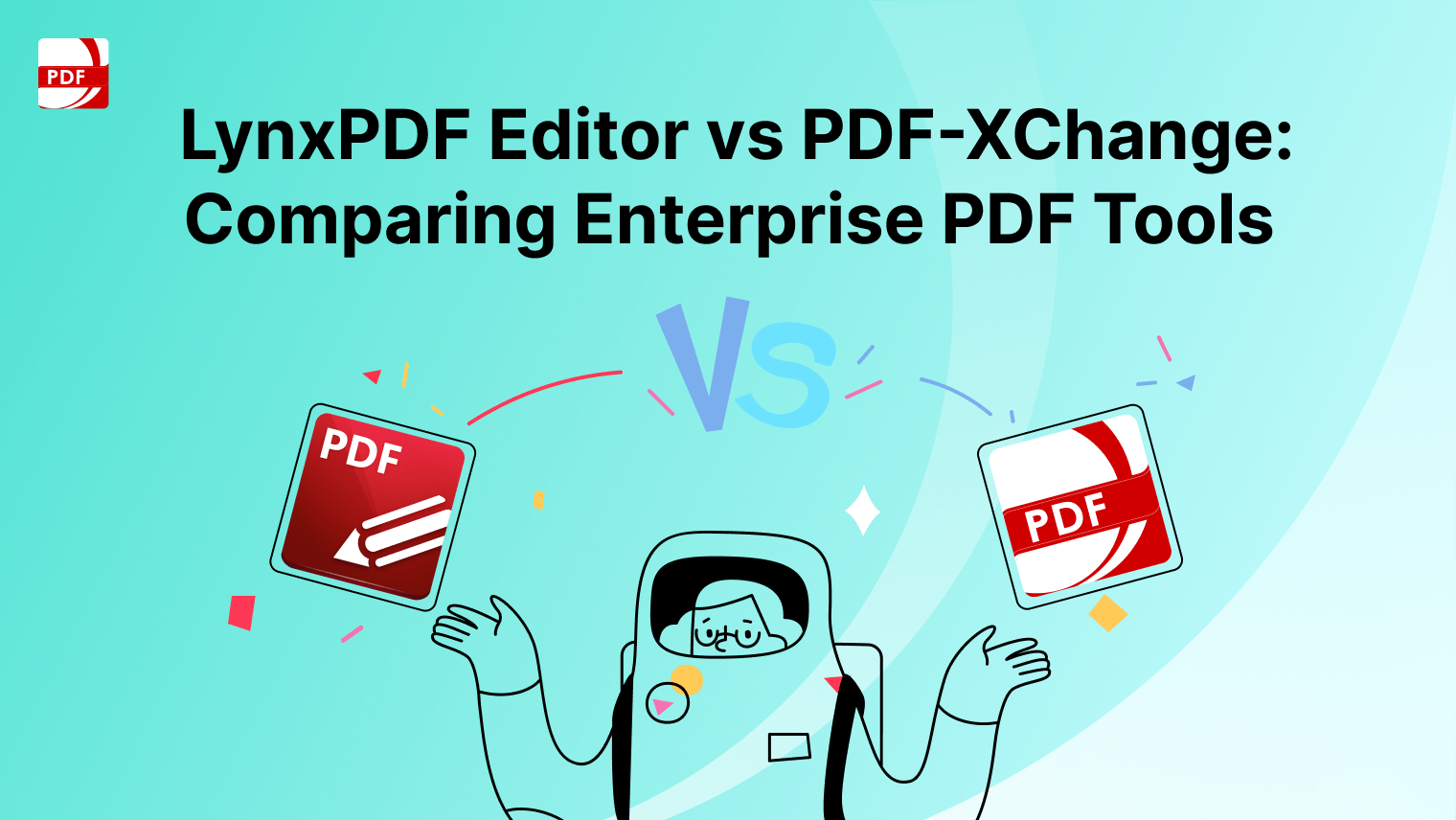Understanding how to craft a prenuptial agreement is crucial for couples looking to define their financial rights and responsibilities before marriage.
This guide offers insights on creating a legally sound prenup, addressing separate property, future spouses, marital property, and legal advice to ensure both parties are protected in the event of divorce.
Understanding Prenuptial Agreements
Prenuptial agreements, often referred to as premarital agreements, are legal documents entered into by future spouses prior to marriage.
They outline the ownership and division of separate property, marital property, financial obligations, and other assets like real estate and retirement accounts, setting clear legal expectations and responsibilities in the event of divorce or a spouse's death.
These agreements often involve legal counsel and detailed financial disclosures to ensure fairness, transparency, and adherence to legal requirements.
While they can address a wide range of financial circumstances and future plans, including provisions for children from previous relationships and sunset clauses, they must be drafted carefully to be considered valid and enforceable in court.
Key Elements of a Prenup
The key elements of a prenuptial agreement, a legal contract between future spouses, encompass various critical aspects designed to protect both parties' interests.
These mutual benefits include:
- Prenuptial Agreements: Legal contracts between future spouses outlining the terms for asset division and financial obligations in the event of divorce.
- Separate Property: Identification of each individual's assets owned before marriage, ensuring they remain separate from marital property.
- Marital Property: Definition and management of assets acquired during the marriage, including real estate and joint bank accounts.
- Premarital Agreement: Another term for prenuptial agreement, focusing on agreements made before marriage.
- Future Spouses: The individuals engaged to be married and entering into the prenuptial agreement.
- Legal Advice: Guidance from licensed attorneys or legal counsel to ensure the agreement is fair, enforceable, and meets legal requirements.
- Event of Divorce: Terms and conditions activated in the case of a marriage dissolution, covering property division, financial obligations, and support.
- Sunset Clause: A provision that determines the expiration of the prenup after a certain period of marriage.
- Retirement Accounts: Specific terms regarding the division and management of retirement funds and benefits.
- Child Custody and Future Children: Stipulations or acknowledgments regarding custody arrangements and considerations for future offspring.
- Financial Disclosures: Full disclosure of each party's financial situation, including assets, debts, income, and potential inheritances.
- Legal Rights and Responsibilities: Detailed rights and duties of each spouse concerning property, finances, and other marital aspects.
- Separate Lawyers: Each party having independent legal representation to ensure their interests are adequately protected.
- Financial Future: Considerations and plans for the financial trajectory and security of each spouse.
- Equitable Distribution: Fair division of marital assets, often in accordance with state laws, in case of divorce.
- Joint Ownership: Details on how jointly owned property and debts will be managed both during and after the marriage.
- Public Policy and Legal Review: Ensuring the agreement adheres to local laws and public policy to maintain its validity and enforceability.
- Individual Circumstances: Tailoring the agreement to reflect the unique financial, personal, and professional situations of each spouse.
- Lifestyle Clauses: Provisions that address non-financial aspects of marriage, such as fidelity or decision-making processes.
- Postnuptial Agreement: Similar agreements made after marriage, which may modify or affirm the terms initially set in the prenup.
Reasons To Do A Mediated Prenup Agreement. https://t.co/gRGQ5t5MvJ #divorce #mediatedprenup #prenup #prenuptialagreement pic.twitter.com/LRnSVMkQx7
— Collaborative Practice San Diego (@FamLawSanDiego) December 13, 2023
Find more templates on PDF Reader Pro Templates!
How to Write a Prenup
This section aims to guide you through the essential steps of writing a prenup, including understanding its purpose, determining what to include, navigating the legal requirements, and fostering an open and honest dialogue with your partner.
By the end of this guide, you should have a clearer understanding of how to approach this sensitive subject and how to draft a prenup that reflects the mutual interests and concerns of both parties involved.
Step 1: Clarify Intentions:
Recognize that prenuptial agreements (prenups) are formal documents aiming to clarify separate property and community property rights, financial obligations, and responsibilities for future spouses before entering into marriage.
Step 2: Full Disclosure:
Both parties must disclose all assets and liabilities, including real estate, bank accounts, personal property, retirement accounts, and any debt like credit card or tax debt.
Step 3: Obtain Independent Legal Advice:
Each party should seek independent legal counsel from a licensed attorney to understand the legal requirements, implications of the agreement, and ensure their legal rights are protected.
Step 4: Draft the Prenup:
Create a draft agreement with legal counsel, detailing the division of property, financial responsibilities, and any specific terms such as sunset clauses, confidentiality clauses, or child custody arrangements.
Step 5: Address Future Considerations:
Consider future circumstances like the birth of children, acquisition of property, retirement accounts, and potential changes in financial situations, ensuring the agreement adapts to future financial circumstances and changes in marital relationship.
Step 6: Negotiate Terms:
With separate lawyers, negotiate the terms of the prenup to reflect an equitable distribution of assets and responsibilities, ensuring the agreement is fair and considers the respective situation of each spouse.
Step 7: Review Special Provisions:
Include special provisions for individual assets, joint property, financial implications of divorce, and any alimony or support obligations to accommodate the unique aspects of your personal and financial life.
Step 8: Validate the Agreement:
Ensure the prenup complies with all legal requirements, community property laws, and public policy standards. It should be a valid prenup that stands up to legal review and reflects a fair agreement.
Step 9: Sign with Formalities:
Both parties must sign the prenup in the presence of witnesses or a notary, respecting any state-specific formalities such as a waiting period before the marriage ceremony to ensure its enforceability.
Step 10: Regular Updates and Safekeeping:
Store the signed document securely, such as with a network attorney or in a safe deposit box. Regularly revisit and update the prenup to reflect any significant changes in your financial situation or marital status or as advised by your legal counsel.
Use PDF Reader Pro's Prenup Template to create the best and most concise prenup!
Discover how to effortlessly write on a PDF with our comprehensive tutorial, perfect for notes, forms, and annotations.
Use a Prenup PDF Template
Using PDF Reader Pro's Prenuptial Agreement Template simplifies the creation of a comprehensive prenuptial agreement by offering a customizable format that ensures all critical aspects such as assets, financial obligations, and legal rights are clearly addressed. Its user-friendly interface and secure features make drafting, customizing, and finalizing prenups more efficient and legally compliant, providing peace of mind for future spouses.
Use PDF Reader Pro Legal Templates or more legal templates to fit your legal needs.
Legal Considerations and Compliance
In considering the legal considerations and compliance for prenuptial agreements, it's crucial to recognize that these documents are essentially legal contracts between future spouses, outlining the treatment and division of assets, such as separate property and marital property, in the event of divorce or death.
Key compliance factors include ensuring full financial disclosures, understanding the implications of community property laws versus separate property rights, obtaining independent legal advice to avoid future disputes, adhering to legal requirements specific to the state, and possibly including sunset clauses or confidentiality agreements to suit individual circumstances and financial situations.
Learn the art of expressing gratitude with our step-by-step guide on writing a heartfelt thank you note.
How to Write a Prenup: Best Practices
When drafting a prenuptial agreement, here are the best practices to consider:
- Formal Written Agreement: Ensure the prenup is a formal document, fully written, and legally binding.
- Full Financial Disclosure: Both parties should fully disclose their financial assets, debts, and income.
- Separate and Marital Property: Clearly define what will be considered separate property and marital property.
- Individual Property Rights: Address how individual property will be treated and protected.
- Provisions for Future Children: Include any agreements regarding future children, custody arrangements, or support.
- Equitable Distribution: Outline how assets and liabilities will be distributed equitably in the event of divorce.
- Legal Counsel: Each party should seek independent legal advice from a licensed attorney to ensure their rights are protected.
- Compliance with Laws: Ensure the agreement complies with community property laws, public policy, and legal requirements.
- Financial Responsibilities: Clearly state each party's financial responsibilities during the marriage, including handling of joint bank accounts, credit card debts, and household expenses.
- Spousal Support and Alimony: Address the conditions under which spousal support will be paid or waived.
- Validity and Enforcement: Include clauses that ensure the prenup remains valid and enforceable over time, considering any changes in circumstances or law.
- Confidentiality and Privacy: Establish terms for confidentiality to protect each party's privacy.
- Regular Review and Updates: Agree to review and possibly update the prenup periodically or upon significant life events.
- Legal Review and Fairness: Have the prenup reviewed by a legal professional to ensure it is fair, just, and in line with current laws.
- Understanding and Consent: Both parties must fully understand the agreement and consent to it voluntarily, without any coercion or undue pressure.
- Future Assets and Liabilities: Consider how future assets and liabilities, such as inheritance, retirement accounts, or debts, will be handled.
- Public Assistance and Legal Rights: Address how the agreement impacts rights to public assistance and other legal entitlements.
How to Write a Prenup: FAQ
What are prenuptial agreements?
A prenuptial agreement is a legal document between future spouses outlining the ownership of their respective assets and how they will be divided in the event of divorce or death.
How often should a prenup be reviewed or updated (Time to Time)?
Couples should review their prenup from time to time, especially when there are significant changes in financial circumstances or family structure.
What is the importance of the marital residence in a prenup?
The marital residence clause defines who owns the marital home, how it will be maintained, and its division if the marriage ends, ensuring clarity and fairness for both parties.
How do joint bank accounts work in a prenup?
A prenup can specify how joint bank accounts are managed, detailing contributions, ownership, and division, helping to prevent future disputes.
What is a community property scheme, and how does it affect a prenup?
In community property states, most property acquired during marriage is owned jointly. A prenup can outline exceptions and individual ownership to override these default laws.
How does a prenup address the division of property, including family-owned properties and separate property contributions?
Prenups detail the division of all types of property, including family-owned properties and separate contributions, to ensure a fair and agreed-upon distribution.
What is the role of a network attorney in drafting a prenup?
A network attorney can provide specialized legal advice, ensure compliance with state laws, and help draft a robust and enforceable prenuptial agreement.
How do custody arrangements get handled in a prenup?
While prenups typically don't decide child custody issues, they can include provisions for children's financial security and arrangements in case of separation.


